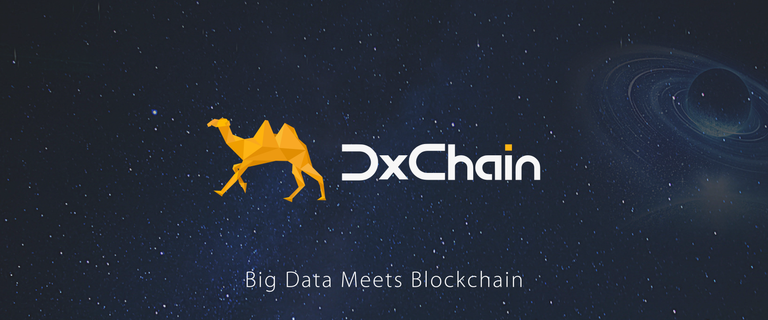
On May 7, one of China’s most influential Blockchain media Jinse Finance has published an exclusive interview with the co-founder and chief scientist of DxChain Wei Wang, talking about the importance of storage and computation in Blockchain’s development. Please refer down below for Part I of this interview.
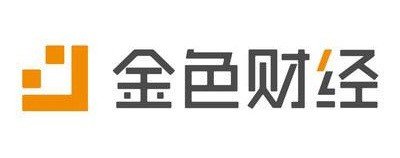
The Blockchain technology has evolved from its 1.0 era represented by Bitcoin to the 2.0 era represented by Ethereum. During this process, various DAPP applications based on Blockchain technology are catching even more eyes than before. Along with the dawn of Blockchain age, a variety of public chain projects are rising rapidly just like what the Internet programs did back in the old days. However, questions like what innovations exist in the emerging public chains and what problems can be solved are still provoking thoughts among industry practitioners. DxChain public chain is now winning favor from the industry with their innovative technology and brand-new perspectives. Jinse Finance has invited the co-founder of DxChain Wei wang to this exclusive interview.
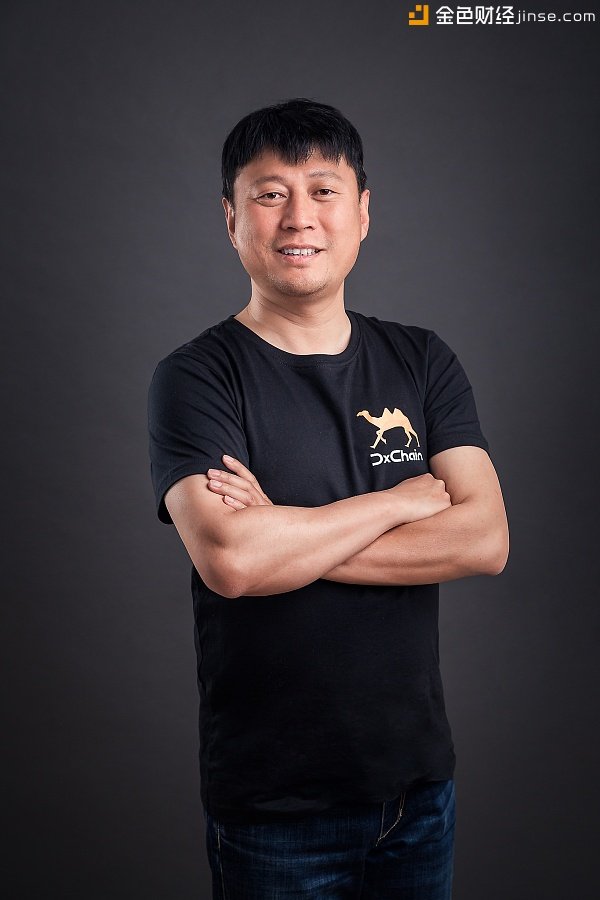
1. Blockchain world lacks fundamental infrastructure. Public chain field is showing a promising future
Different from other projects that build across many fields, constructing public chains requires a greater commitment to technology and abstaining from outside temptations. Even though more and more public chain projects are now in their way of development, technology bottlenecks still exist in the Blockchain area. Industries like account transferring, logistic information tracking have not seen any substantial changes that come from the development of Blockchain technology.
Though widely considered as the most successful applications of Blockchain technology, Bitcoin, and Ethereum are still limited in a lot of ways, including not being able to provide general computation but the only transaction related computation, failing to offer effective data privacy protection mechanism, and storage of only small data set in the ledger. The root of all these issues is the design of the consensus mechanism — Nakamoto’s consensus agreement spend large amounts of computing power to maintain Blockchain itself without making more useful contributions to the community. Even though the limitations of bitcoin are never rare, we all rave about the technical concept of PoW and the derivative algorithms based on this concept is springing up as well. However, no ideal pathway was discovered to provide big data and machine learning related computations in a distributed data storage and computation environment, not even with the good intention of settling a series of issues.
“The Blockchain world lacks fundamental infrastructure. Constructing public chain is therefore still promising.” Wei Wang says at the beginning of this interview.
In Wei Wang’s opinion, the current public chain has nothing but three forms: the first one evolves from traditional Bitcoin and Ethereum. What drives tech gurus to commit to this field is the strong demand of changing its high latency and low throughput status. “80 percent of the projects are now doing this work. Raiden Network, for example, is making related improvements. In one word, the first type of public chain is focusing on how to increase TPS.” Wei Wang adds. The second one focus on the useful computation. “Useful computation can be categorized into two types: storage and computation, within which gathered a number of well-known projects. Filecoin, for example, has made some contributions in the storage field while DFINITY has also dived into the computation area. Each project is extending their technology during the development process aiming at different focuses.”
DxChain thinks that Blockchain technology must be able to break the bottle neck of storage and computation simultaneously so that Blockchain technology can expand to every conner of the Internet and provide more valuable service to its users.
2. “Chains-on-chain” solves the storage and computation problems. Inspired by Hadoop, DxChain stands on the shoulders of giants.
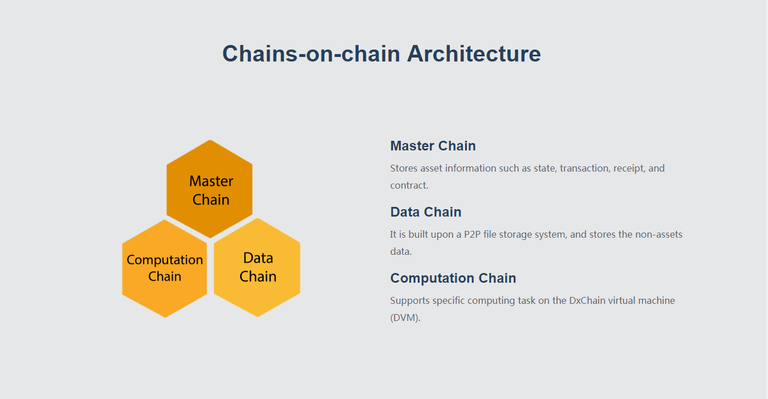
As described earlier, DxChain is hoping to solve the problems of storage and computation simultaneously. For this purpose, a “Chains-on-chain” model is then presented. “DxChain adopts a “Chains-on-chain” system architecture to compute and store data while protect its privacy at the same time.The so-called three chains include one master chain and two side chains, one for computation and the other for storage. Those three chains in the DxChain network system each performs their own duties. The computation chain is responsible for running parallel computation to solve the problem of big data general computation, which will eventually achieve machine learning and provide BI support. The storage chain is responsible for providing big data storage and settling big data storage and privacy issues, meanwhile, provides corresponding support for the computation chain. The master chain is in charge of providing transaction-related operations while coordinating these two side chains, computation, and storage.” Wei Wang says to Jinse Finance.
DxChain not only makes technical innovations but also believes in standing on the shoulders of giants. Their work is inspired by the Hadoop architecture. “Over the past decade, Hadoop has solved the issue of distributed storage of data within an organization or company. However, the problem of how to achieve trust between different organizations and participants in order to achieve distributed storage remains unsolved by Hadoop. Yet the rising of Blockchain has provided the perfect solution.” DxChain is combining the lessons learned from Hadoop with the unique mechanisms of Blockchain, which will eventually achieve the distributed storage and computation of data in a multi-centric environment.
As far as Jinse Finance understands, DxChain’s test chain is still in the development process. However, they have collected some R&D data since the DxChain public chain was carried out. In matters of computation, although DxChain is considered 2 to 3 times slower than Hadoop, the distributed system infrastructure developed by Apache Software Foundation, the actual operations will go smoothly. In fact, it is worth to mention that, having been running in the industry for over a decade, Hadoop is essentially centric and can only solve the problems inside one organization. DxChain has, therefore, more potentials than Hadoop. Blockchain will be an advanced solution if distributed storage is to be resolved and trust is to be established across organizations. As storage is being concerned, DxChain has a vast storage capacity of the level of a data center, which can even match the ones in Amazon and Alibaba Cloud.
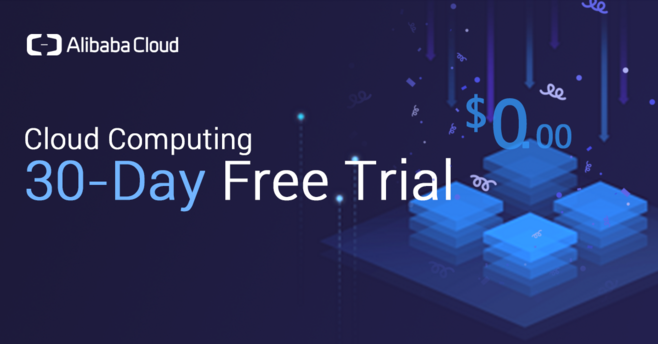
And he added: “DxChain’s design is to provide a platform where countless personal computers or specially designed mining rigs can be connected to achieve higher storage at a low computation cost. At the same time, such design can ensure that large amounts of data are not monopolized by big corporations and thus guarantee a fair distribution of value. Eventually, DxChain will allow its users to exchange data freely in this platform. We are emphasizing, at any time, that data is the center of all operations and carrying an enormous amount of value. We always believe that DxChain will be able to solve the problems of multi-centric data storage and computation. Furthermore, our project itself is providing big data computation for business in a distributed environment.”
DxChain has established a set of development plans based on current direction and progress: first of all, DxChain would like to become the infrastructure of all storage and computation related projects. Secondly, DxChain also hopes to support more start-ups to achieve data on the chain. “In our future planning, Trustlook will become the first company to achieve this goal. Its co-founder Liang Zhang has always demanded low-cost storage during his entrepreneurial process and thus founded DxChain.” Wei Wang further explained to Jinse Finance.
DxChain can certainly be used in the “smart world” as well. Due to the fact that data was collected from IoT devices such as cameras and smart watches in the “smart world” and showed distinctive traits, brand-new values will be created if rational big data analysis can be done based on those data. DxChain is able to conduct business intelligence analysis based on its own technical advantages and provide practical business value to others. Furthermore, DxChain is also targeting on applications, like short videos, that emphasize sharing and information transparency.
Original Report:https://www.jinse.com/blockchain/191312.html

With regards to DxChain:
A Decentralized Big Data and Machine Learning Network Powered by a Computing-Centric Blockchain.
Twitter:https://twitter.com/DxChainNetwork
Website: http://www.dxchain.com/
Telegram: https://t.me/DxChainGroup